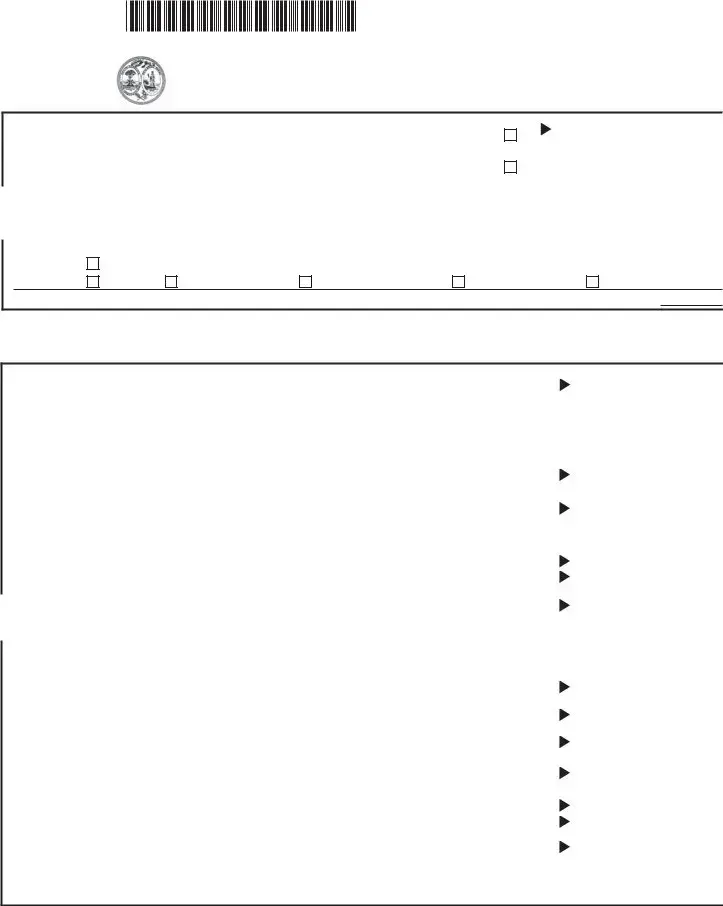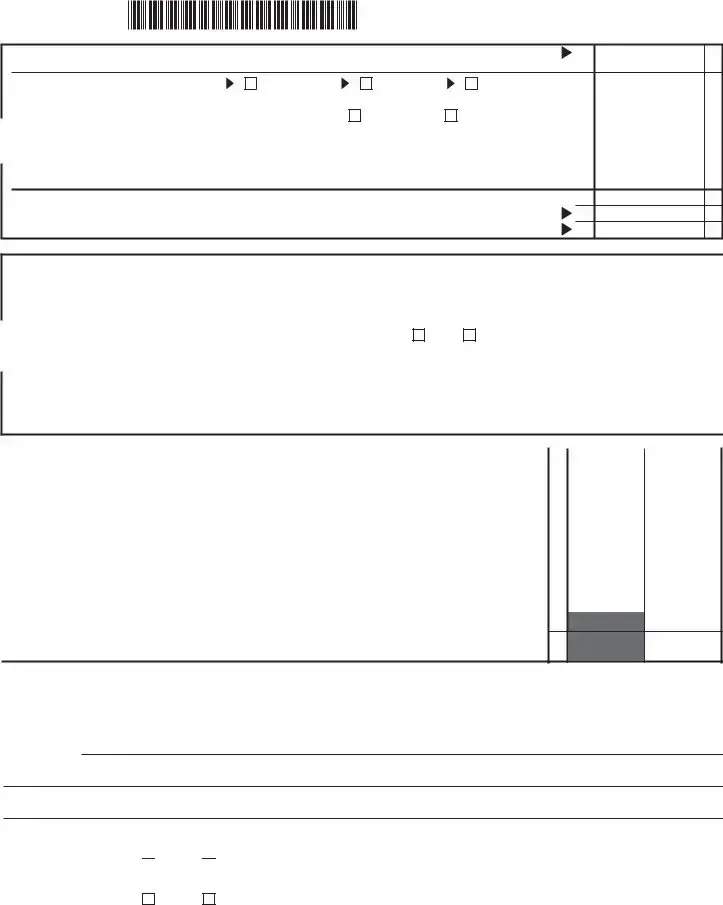FILING AMENDED RETURNS
For tax years 2018 and before, use the SC1040X to correct or change the SC1040 that you have previously filed. For tax year 2019 and later, amend your return using the SC1040, marking the amended return check box and attaching the Schedule AMD. An amended return can be filed only after you have filed an original return. By filing an amended return you are correcting our tax records. An amended return is necessary if you omitted income, claimed deductions or credits you were not entitled to, failed to claim deductions or credits you were entitled to, or changed your filing status. You should also file an amended return if you were audited by the IRS (unless the IRS audit had no impact on your state return). Your amended return may result in either a refund or additional tax. You must pay any additional tax with the amended return. Furnish all information requested. When items are in question, refer to the instructions for preparing the SC1040, SC1040TC, I-385, or I-319 when applicable. Be sure to include a copy of your federal 1040X if you were required to amend your federal return. Round all amounts to the nearest dollar. Any overpayments will be refunded. Overpayments cannot be transferred to another tax year.
NOTE: South Carolina law does not allow a net operating loss carryback.
If you filed your original return by the original due date or by an extended due date, if applicable, you must file any claim for refund within either:
•three years from the date of filing, or
•three years from the original due date, or
•two years from the date of payment
If you filed your original return after the original due date and any extended due date, if applicable, you must file any claim for refund within either:
•three years from the original due date, or
•two years from the date of payment
When amending a return for tax year 2018 and before, use the most current revision of the SC1040X regardless of tax year. Use the Tax Tables, SC1040TT, for the tax year that is being amended. Find forms at dor.sc.gov/forms.
INSTRUCTIONS
PART I - Taxpayer Information
•Enter the tax year in the space provided.
•Complete name and Social Security Number for each taxpayer included in this return.
•Provide most current mailing address including county code and phone number.
•For a foreign address, check the box indicating the address is outside of the US. In the box provided, print or type the complete foreign address including postal code.
•Mark the appropriate box for filing status. Generally, the filing status should be the same as the filing status used on your federal return.
•You cannot change your filing status from joint to separate returns after the due date of the original return has passed.
•Enter the number of exemptions/dependents claimed on your federal return.
•Beginning with tax year 2018, exemptions are eliminated on the federal return. For tax year 2018, enter the number of dependents claimed on the federal return.
PART II - Return Information
Columns A Through C
Column A: Enter the amounts from your original return for line 1 through line 14 using figures reported or adjusted on your original return.
Column B: Enter the net increase or decrease for each line you are changing. Explain each change in Part V.
Column C: To calculate the amounts to enter in this column:
•Add the increase in column B to the amount in column A, or
•Subtract the decrease in column B from the amount in column A.
For any amount you do not change, enter the amount from column A in column C. Show any negative numbers (losses or decreases) in Columns A, B, or C in parentheses.
NOTE: Nonresident/part year resident taxpayers should complete Part IV prior to completing line 3 through line 26 of the SC1040X. Line 1 and line 2 do not apply to nonresident/part year residents.


 Have you been notified that your original state return is being or will be audited by the SCDOR?
Have you been notified that your original state return is being or will be audited by the SCDOR?
 Yes
Yes  No
No Are you filing this amended return due to a federal adjustment? If yes, attach a copy of the federal audit or
Are you filing this amended return due to a federal adjustment? If yes, attach a copy of the federal audit or